The Essential Mickey Rooney
The Essential Mickey Rooney
James L. Neibaur
ROWMAN & LITTLEFIELD
Lanham Boulder New York London
Published by Rowman & Littlefield
A wholly owned subsidiary of The Rowman & Littlefield Publishing Group, Inc.
4501 Forbes Boulevard, Suite 200, Lanham, Maryland 20706
www.rowman.com
Unit A, Whitacre Mews, 26-34 Stannary Street, London SE11 4AB
Copyright 2016 by Rowman & Littlefield
All photos from the authors collection
All rights reserved . No part of this book may be reproduced in any form or by any electronic or mechanical means, including information storage and retrieval systems, without written permission from the publisher, except by a reviewer who may quote passages in a review.
British Library Cataloguing in Publication Information Available
Library of Congress Cataloging-in-Publication Data
Neibaur, James L., 1958
The essential Mickey Rooney / James L. Neibaur.
pages cm
Includes bibliographical references and index.
ISBN 978-1-4422-6095-5 (hardback : alk. paper) ISBN 978-1-4422-6096-2 (ebook) 1. Rooney, Mickey. 2. ActorsUnited StatesBiography. I. Title.
PN2287.R75N45 2016
791.43028092dc23
2015033910
 The paper used in this publication meets the minimum requirements of American National Standard for Information SciencesPermanence of Paper for Printed Library Materials, ANSI/NISO Z39.48-1992.
The paper used in this publication meets the minimum requirements of American National Standard for Information SciencesPermanence of Paper for Printed Library Materials, ANSI/NISO Z39.48-1992.
Printed in the United States of America
Acknowledgments
Thanks for the help, encouragement, assistance with research materials, interviews, and other such support: Mickey Rooney, Katie Carter, Terri Lynch, Ted Okuda, Tony Bensley, Rick Greene, Ann Rutherford, Scott McGee, Richard Lertzman, Scott Rivers, Allan Ellenberger, Cliff Aleperti, Jerry Beck, James Zeruk, Jerry Lewis, Eddie Deezen, Turner Classic Movies, and GetTV.
Introduction
Approaching the mammoth project of discussing Mickey Rooneys eighty-eight-year film career causes one to prioritize the most important aspects of his screen work for the most attention. Mickey Rooney was in films from early childhood until only weeks before his death in 2014 at age ninety-three, with a couple of feature appearances being released posthumously. His film career went from silent movies into the second decade of the twenty-first century, numbering hundreds of roles.
As a result, this is The Essential Mickey Rooney . We will first discuss, in survey form, his earlier pre-stardom films during the end of the silent era and the first half of the 1930s, and then go film by film for the remainder of the filmography. Since this period covers 19362014, and over three hundred titles, we will zero in on the essential films of his long career. But what makes a Mickey Rooney movie essential? This does not mean only good movies, nor does it mean only starring roles.
Making an impact with his acclaimed performance in The Devil Is a Sissy (1936), Rooney went into the popular Andy Hardy series the following year; he also began costarring with Judy Garland in a series of equally popular musicals and appeared in top moneymaking MGM hits like Boys Town (1938) and Young Tom Edison (1940). He was among the top five box office stars from 1938 to 1943, achieving the number one spot in 1939, 1940, and 1941 amid incredible competition.
In 1944, shortly after completing work on the film National Velvet opposite Elizabeth Taylor, Rooney enlisted in the armed forces. He served more than twenty-one months, until shortly after the end of World War Two. He entertained the troops in America and Europe, including in combat zones, and was awarded the Bronze Star Medal, the Army Good Conduct Medal, the American Campaign Medal, the European-African-Middle Eastern Campaign Medal, and World War II Victory Medal for his military service.
Upon returning to Hollywood in 1946, Rooney discovered that his home studio of MGM, where he had appeared in movies that made millions, had little interest in his return. After a failed attempt to resurrect the Andy Hardy series and a few films that failed to click at the box office, Rooney was released from his MGM contract. His final film there, Words and Music (1948), received terrible notices, and his performance as songwriter Lorenz Hart was singled out as especially wrongheaded.
Nearly all of the Mickey Rooney features from The Devil Is a Sissy until the end of the 1940s are considered essential and will get full chapter-by-chapter coverage in this book. These films present his rise to stardom, his having achieved major stardom, his attempt at a comeback after the war, and his being dropped by longtime studio MGM and investigating opportunities at other studios.
Rooney spent the 1950s working hard to recapture the stardom he had enjoyed before the war. While continuing to secure leading roles and always approaching each project with talent and enthusiasm, Rooney was no longer the box office champion he had been. Not every starring film he made was essential. There is little to be said about the forgettable My Outlaw Brother (1951), The Twinkle in Gods Eye (1955), or Magnificent Roughnecks (1956). But impressive films like Nicholas Rays Drive a Crooked Road (1954) or Don Siegels Baby Face Nelson (1957) are certainly among the actors more essential movies of this period. And, although they are not particularly good films, Francis in the Haunted House (1956) and Andy Hardy Comes Home (1958) are worthy of some discussion as examples of Rooneys attempts to revive his career by continuing or resurrecting old series. The same goes for films like Sound Off (1952), A Slight Case of Larceny (1953), or The Atomic Kid (1954), which were attempts to turn Rooney into a comedian.
By the 1960s, he was no longer leading man material and settled into character roles and small parts. Due to a gambling problem, as well as several well-documented divorces and alimonies, Rooney was perpetually short on money, so he took whatever parts came his way. Chapter-length studies will cover highlights like Requiem for a Heavyweight (1962); Its a Mad, Mad, Mad, Mad World (1963); and Ambush Bay (1966). Much of Rooneys work in the 1960s was unremarkable, including a cameo in Breakfast at Tiffanys (1961) that he regretted for the rest of his life. Everythings Ducky (1961) tried to create a team dynamic between Rooney and Buddy Hackett. However, these films and others, such as The Comic (1969), are essential representations of the era and/or of this period in his career.
By the 1970s and into the twenty-first century, Rooney spent more time doing television work than film work. And often his movie appearances were in throwaways like The Godmothers (1975) and Silent Night, Deadly Night 5 (1991). What is most impressive is that this once major box office sensation, who had started in silent films as a child, continued working throughout his life. And while much of his work continued to make little real impact (Rooney would quip, Some of my pictures werent released, they escaped!), he did enjoy some highlights during these years. His performance in The Black Stallion (1979) received an Oscar nomination, and he won an Emmy for his portrayal of the real-life title character in the TV movie Bill (1981). He also triumphed on Broadway in the 1980s in the burlesque throwback musical Sugar Babies , which earned him a Tony nomination.
Mickey Rooney is one of the most durable, important, and fascinating performers in American film history. His career reached the very height of stardom and plummeted to where he had to take whatever opportunities were available. Despite the circumstances, Rooneys innate sense and genuine talent were always evident. His perseverance, continuing to try to make it work in a field that wasnt always particularly kind to him, is probably the most impressive and admirable aspect of his personality. In a career that spanned vaudeville, silent movies, Hollywood classics, Broadway, radio, television, cartoon voice-overs, and even the Internet, Mickey Rooneys accomplishments are quite impressive.
Next page


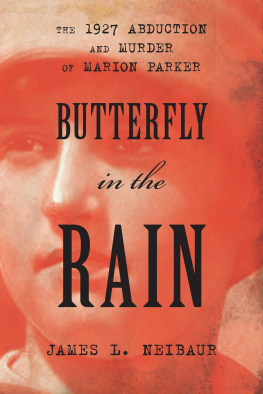


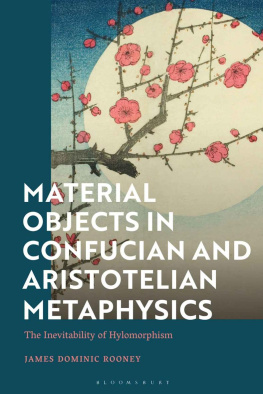
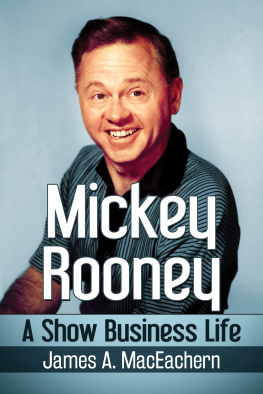
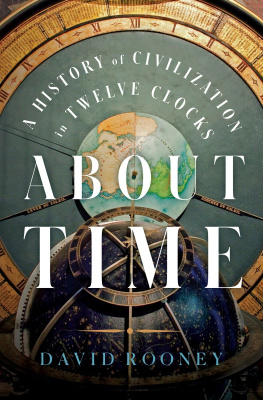


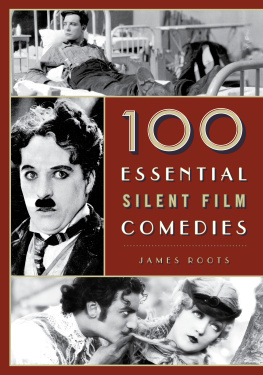
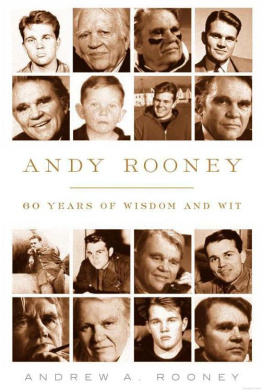
 The paper used in this publication meets the minimum requirements of American National Standard for Information SciencesPermanence of Paper for Printed Library Materials, ANSI/NISO Z39.48-1992.
The paper used in this publication meets the minimum requirements of American National Standard for Information SciencesPermanence of Paper for Printed Library Materials, ANSI/NISO Z39.48-1992.